

 Tuesday, June 22, 2010
Tuesday, June 22, 2010
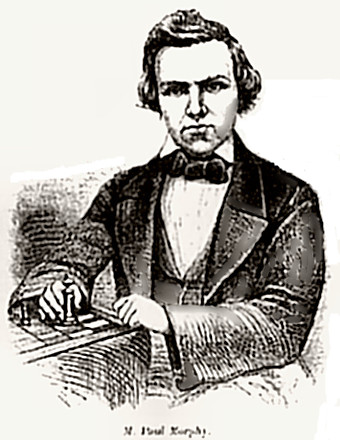
[1837 - Paul Morphy, chess great, born
in New Orleans, Louisiana]
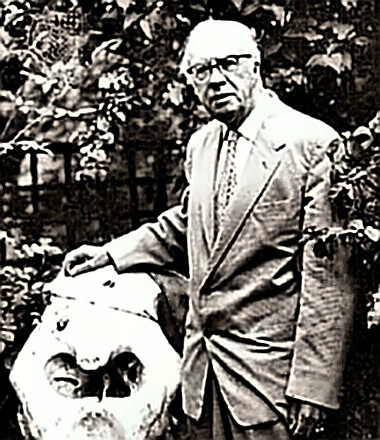
[1887 - Sir Julian Huxley, biologist, philosopher,
born in London]
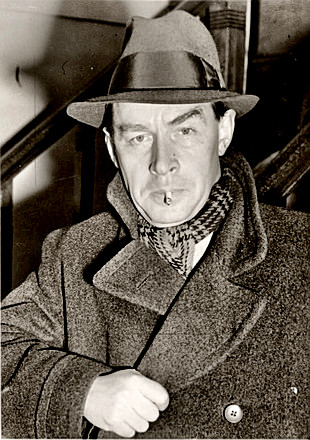
[1898 - Erich Maria Remarque, novelist,
born in Osnabruck, Germany]
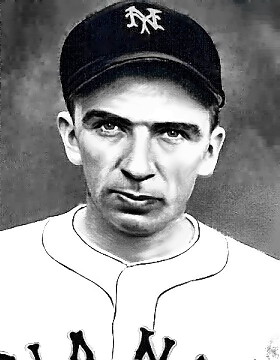
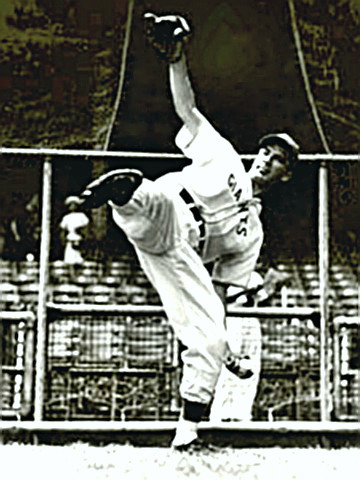
[1903 - Carl (Owen) Hubbell, Baseball Hall of Fame pitcher, born in Carthage, Missouri]
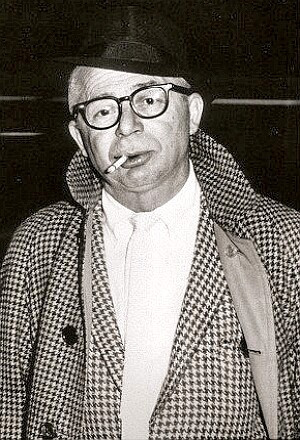
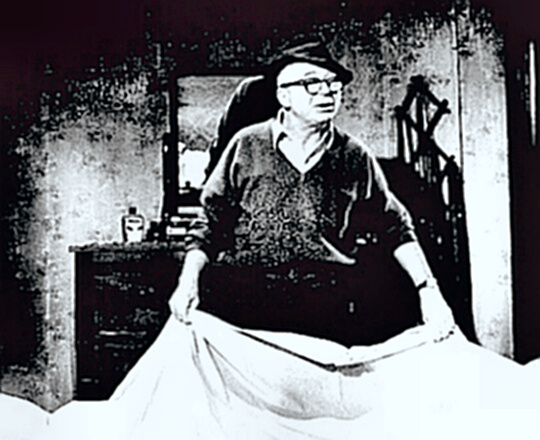
[1906 - Billy (Samuel) Wilder, writer, Academy Award-winning director, producer, born in Sucha, Galicia, Austria]
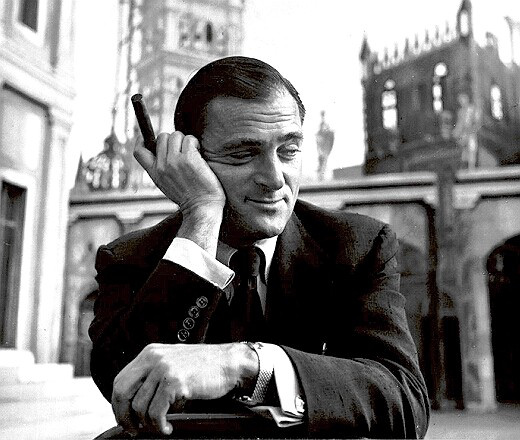
[1909 - Michael Todd (Avrom Hirsch Goldbogen), producer, born in
Minneapolis, Minnesota]
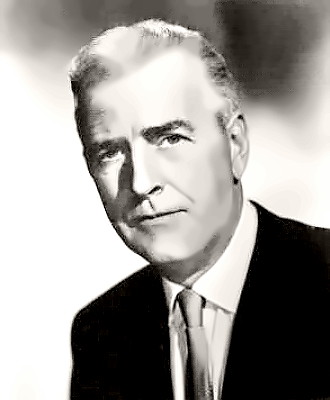
[1909 - Buddy Adler, film producer, born in
New York City]
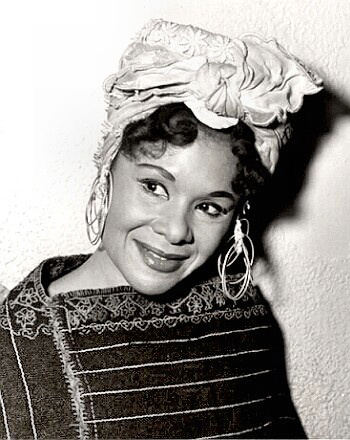
[1910 - Katherine Dunham, dancer, choreographer,
born in Joliet, Illinois]
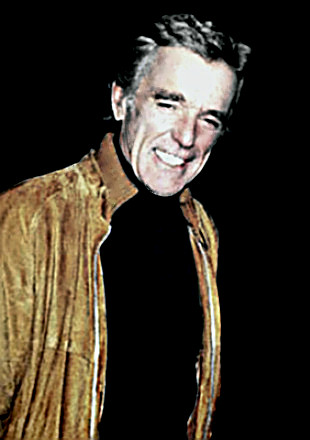
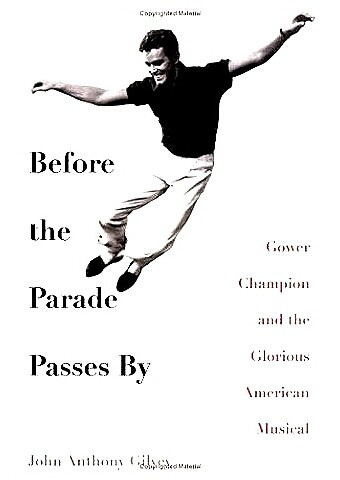
[1921 - Gower Champion, dancer, Tony Award-winning choreographer, born in Geneva, Illinois]

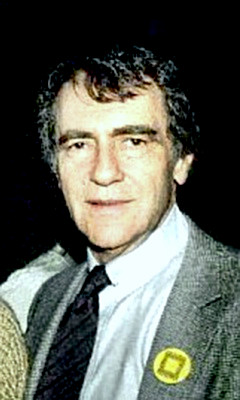
[1921 - Joseph Papp (Papirofsky), Pulitzer & Tony Prize-winning producer, born in Brooklyn]
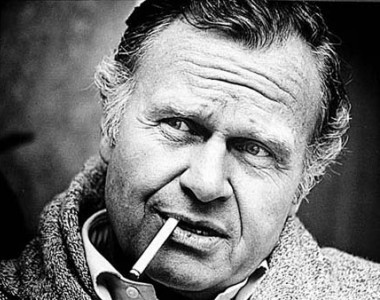
[1922 - Bill (William Ralph) Blass, fashion designer,
born in Fort Wayne, Indiana]
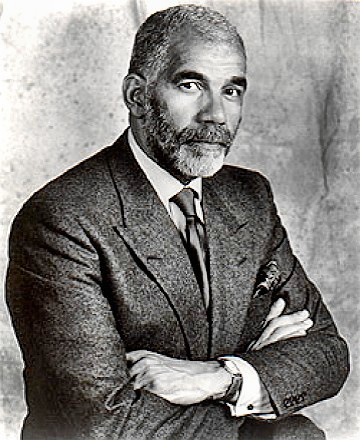

[1941 - Ed Bradley, journalist, born in Philadelphia, Pennsylvania]
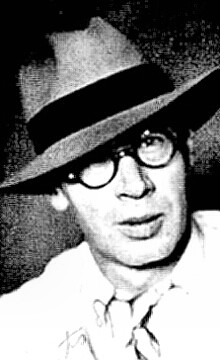
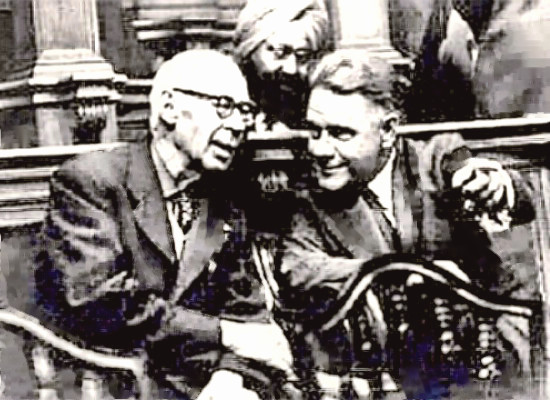
[1964 - US Supreme Court rules Henry Miller's Tropic of Cancer cannot be banned]
Twelve-step Programs
The twelve-step model is quite successful and has helped millions. Hardly anyone over the age of twelve doesn't have something that they are recovering from. Many of us are recovering from so many dead ends, blind alleys, and dry holes that we have lost count. Most of the twelve-step programs have in common a recognition of the need for change, and a commitment to change a certain behavior. Where these programs fail some folks is that they may not deal effectively with the inner cravings that are the first cause of the problem behavior. Just ask your friends in AA about the dried-out drunks they have known.
William, who has never been comfortable with higher math, tries to follow a one-step program. It is based on the premise that the only step that you have effective control over is the one you are taking. If you take care to put each foot down surely in an excellent direction, you may some day look back on the path you have followed with a degree of satisfaction.
William's Whimsical Words:
Those who look too far ahead are just as likely to stumble as those who are always looking over the shoulder.
 to Summer 2010
to Summer 2010 to Almanack Main Page
to Almanack Main Page
